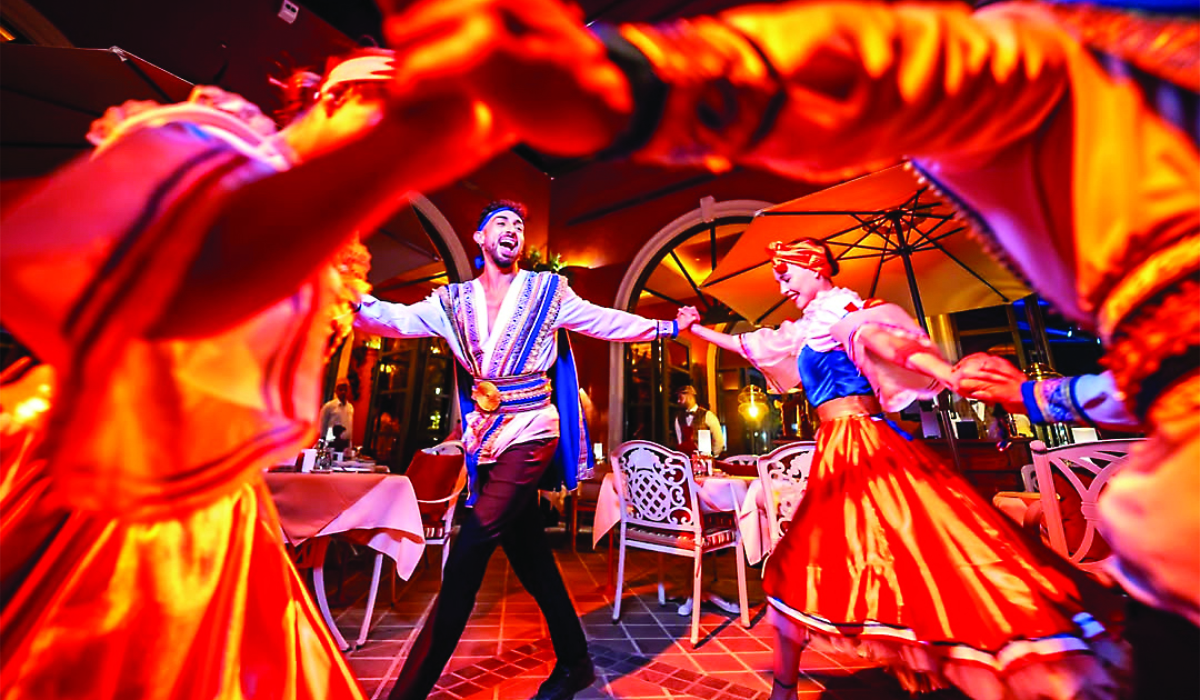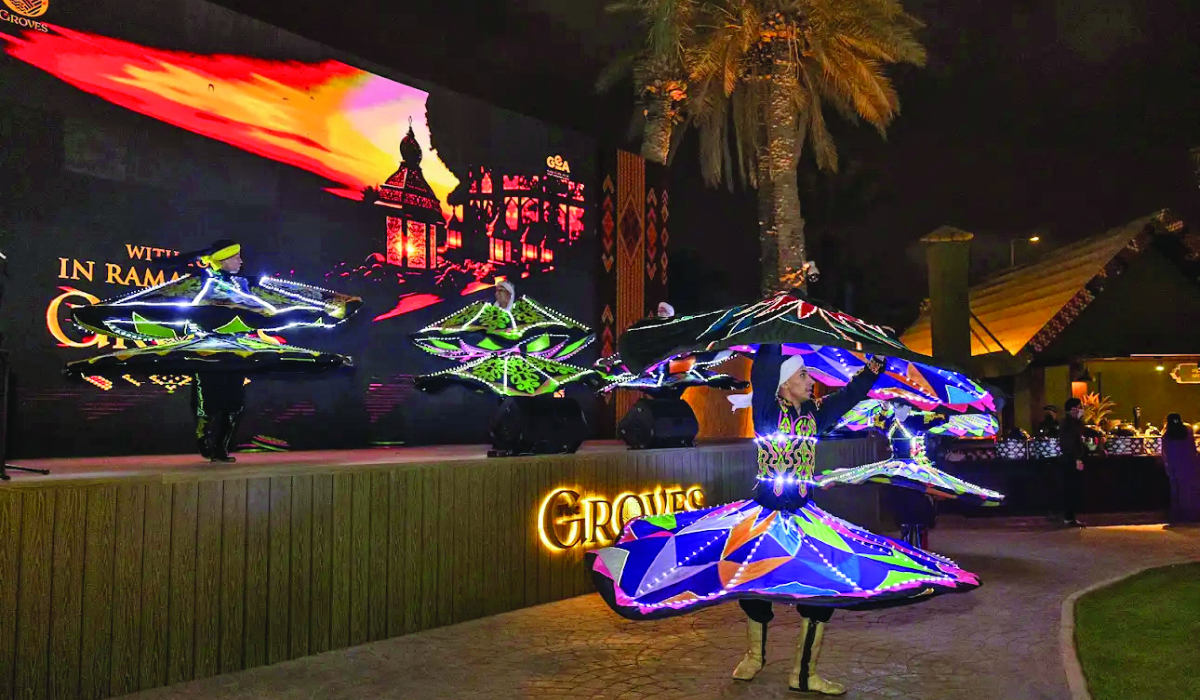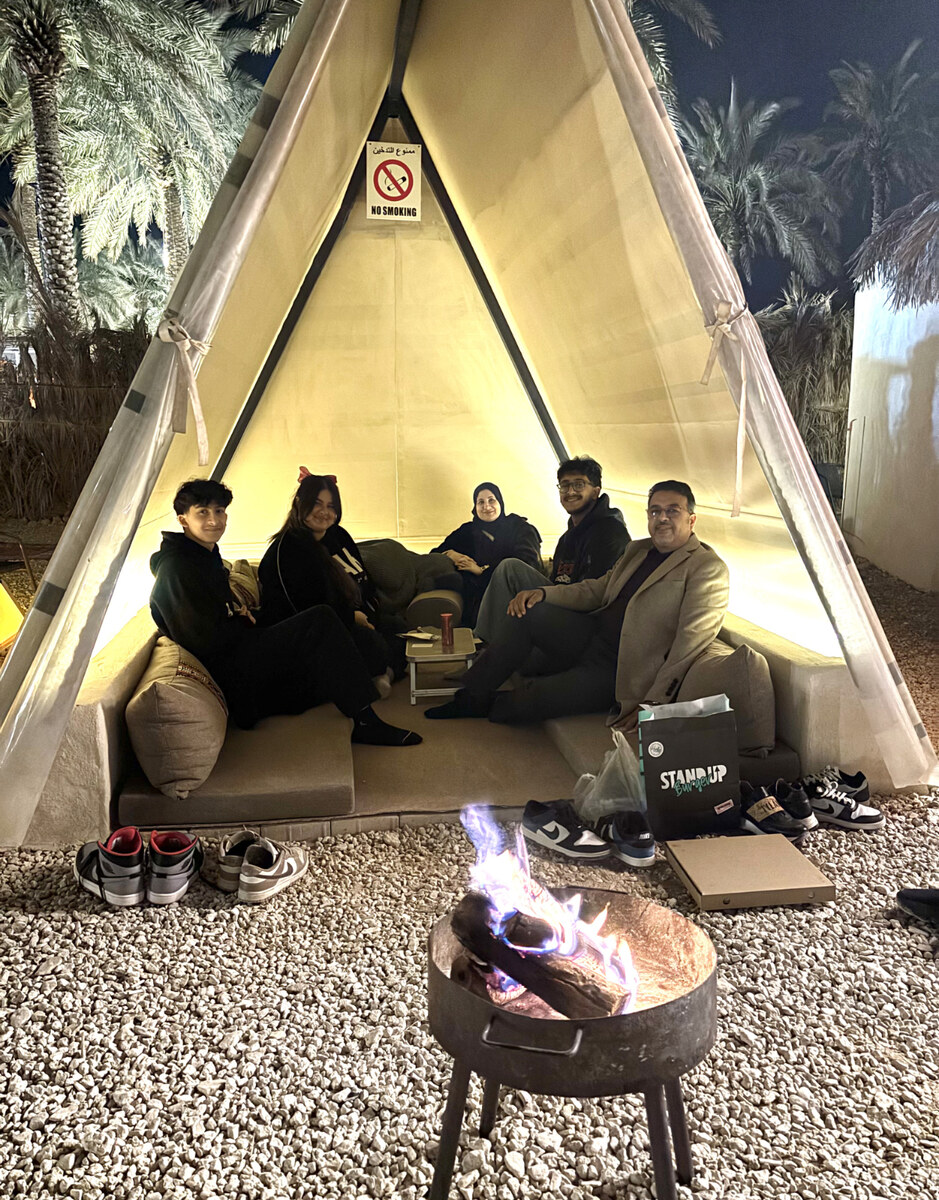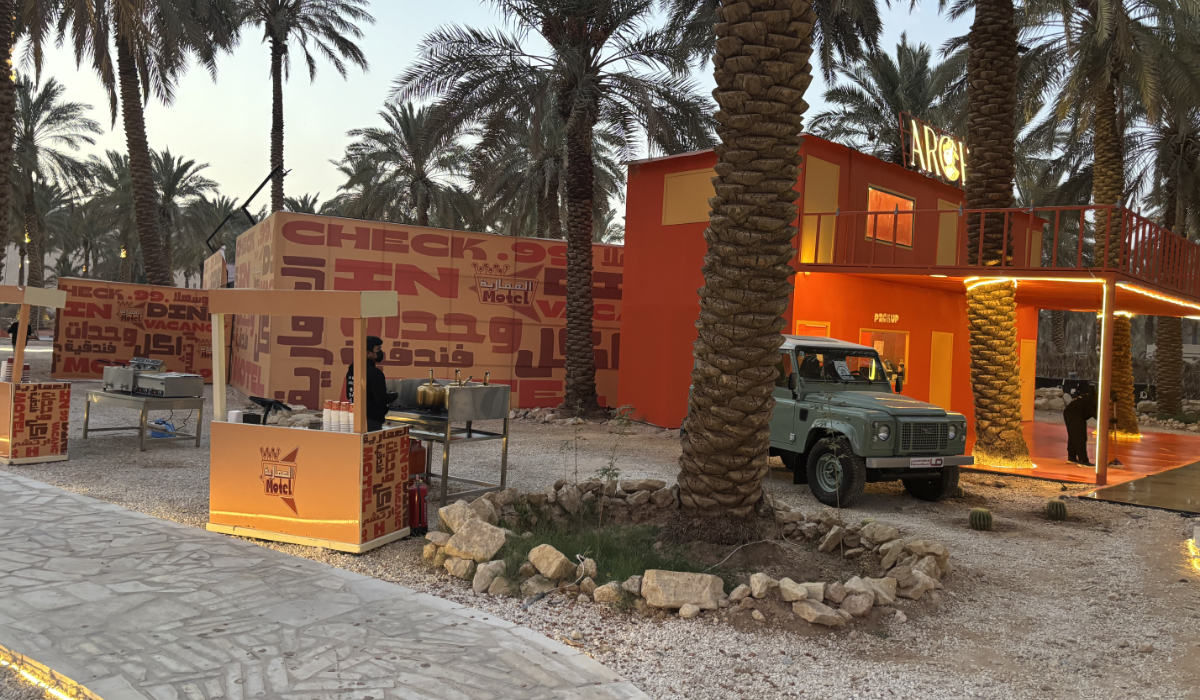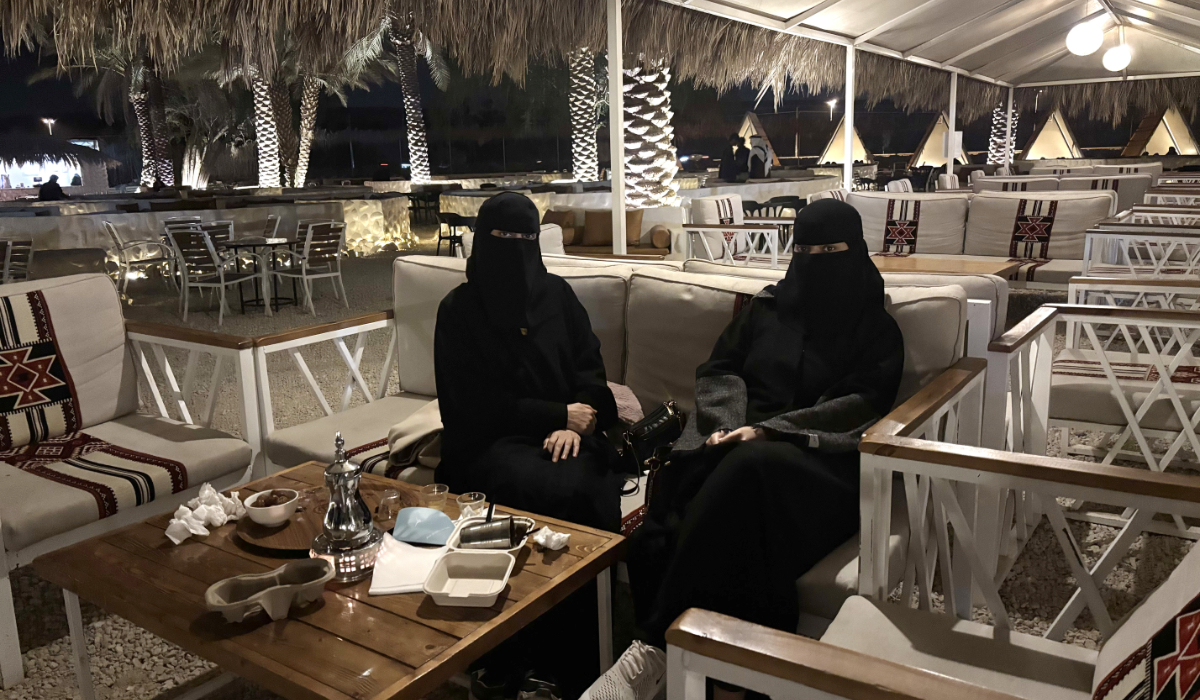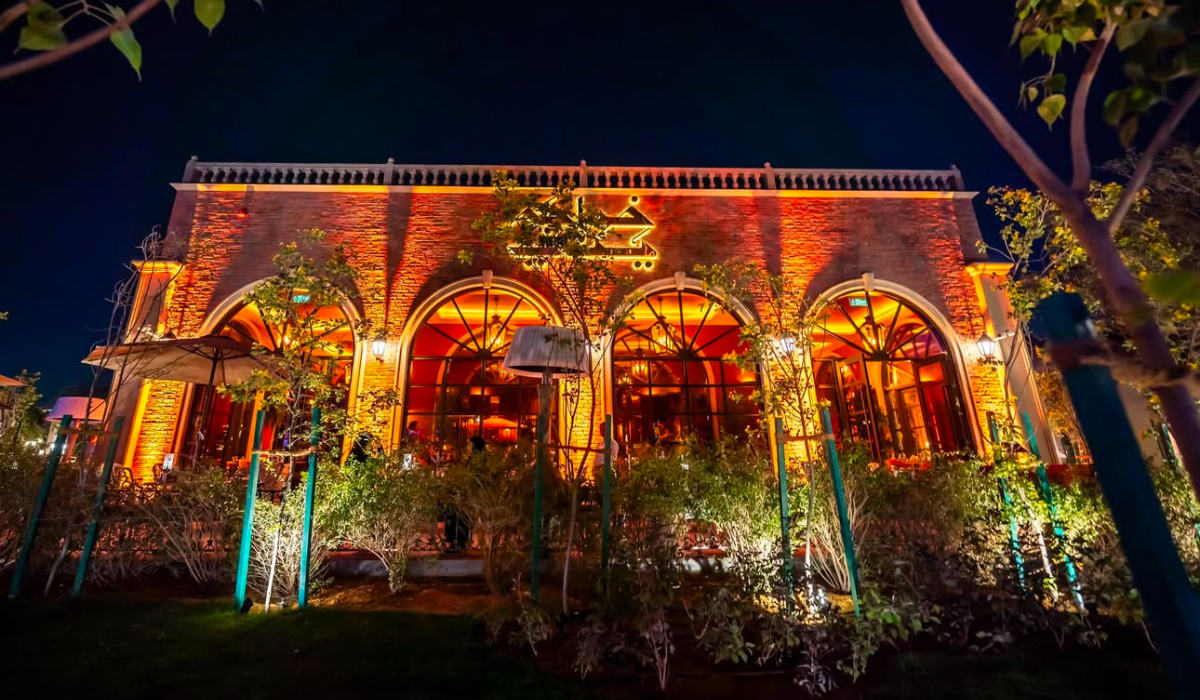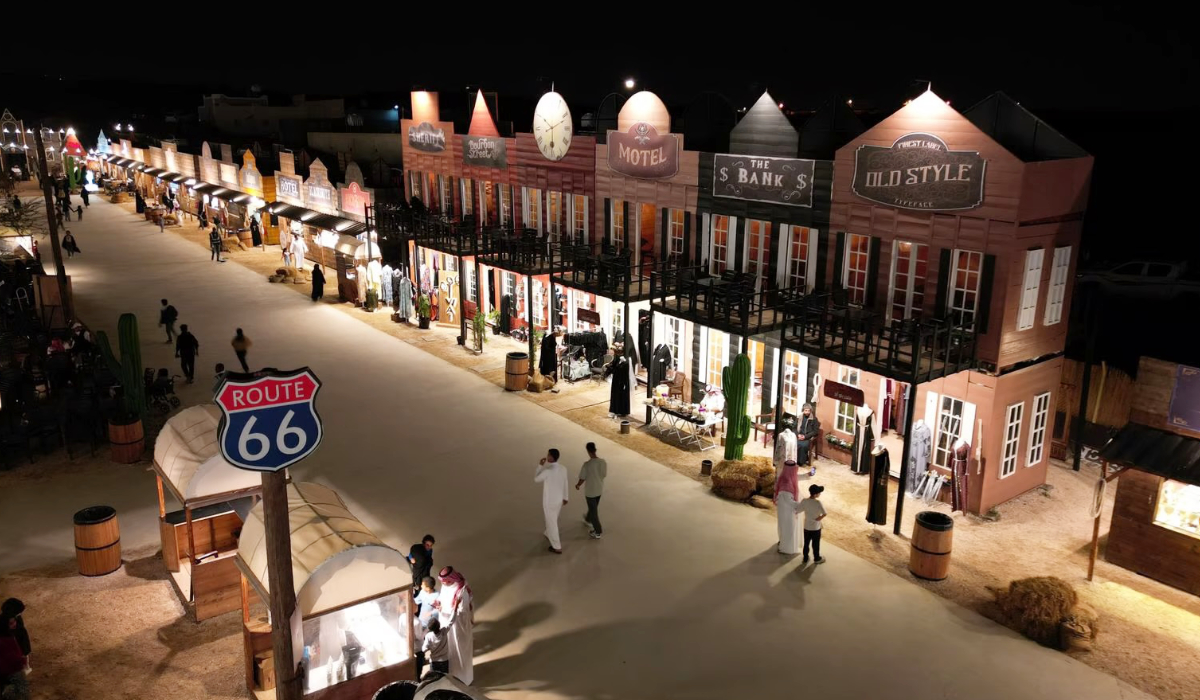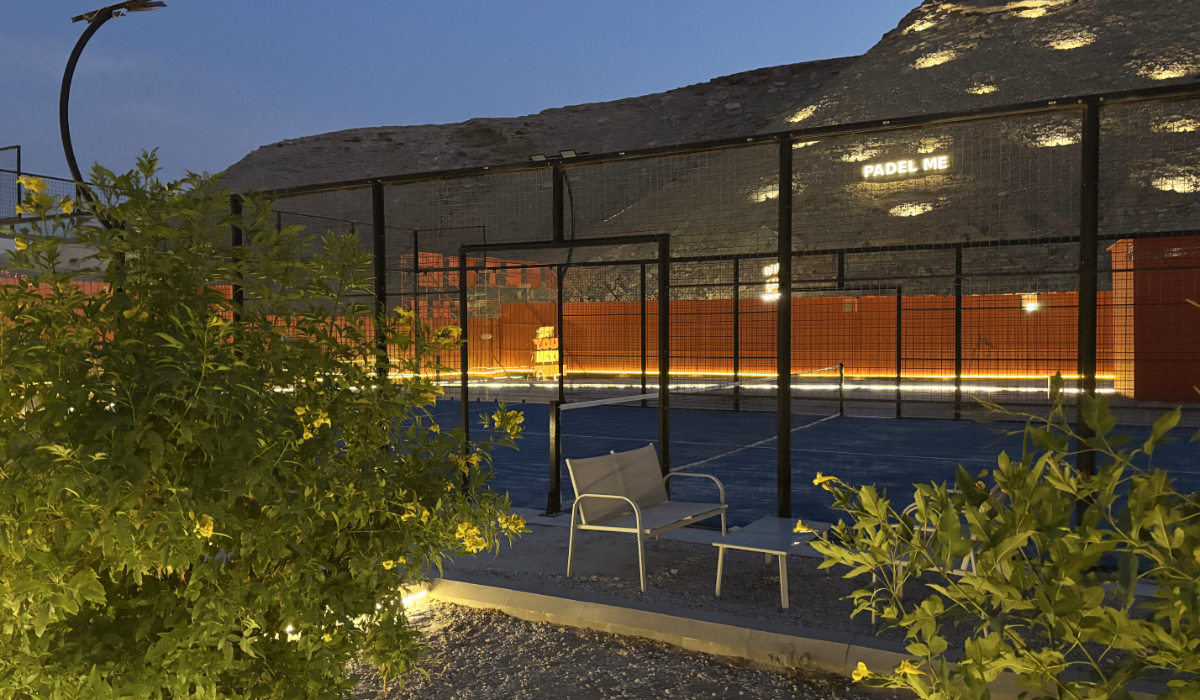Since reading William Dalrymple’s “City of Djinns,” I have been intrigued by travel to places full of the whispers of times gone by. Visiting ancient sites allows one to imagine the kind of life the inhabitants may have lived along with their dreams, their aspirations, their creativity and their art.
It is not in buildings of concrete and glass that you find meaning; rather it is in the alleyways of old towns, the forts and castles, the mountains and the trees, the huge sand deserts. They have lasted when people turned to ash and dust. They know the world as we never will.
This present tale is of the northwestern part of Saudi Arabia. Al-Ula is a small town some 300 km from Madinah. While many people have heard of the Madain Saleh site, few know about this small archaeological wonder very close to it. It is accessible via a small detour between Tabuk and Madain Saleh. Though relatively unknown to tourists, the site has been subjected to intense excavation by the Saudi Commission for Tourism and National Heritage (SCTNH) and has attracted attention from experts from all over the world.
The excavations are largely out of bounds unless one possesses a special permit SCTNH, which is not difficult to acquire. My husband and I did not have one so we were not able to visit the ancient sites. Nevertheless, what little was open to tourists was fascinating enough to prompt me to write, in order to encourage people to explore this ancient wonder.
The oasis of Al-Ula was known in ancient history as the capital of two ancient Arab kingdoms — the Kingdom of Lihyan and the Kingdom of Dedan which preceded it. Dedan, an ancient name for Al-Ula, later gave way to the Lihyanite kingdom from the Lihyan tribe in that area. The Lihyanites had their own script which was one among many North Arabian oasis scripts. Archaeological evidence indicates their influence extended to cities as far away as Tayma and Dedan (Al Ula). The Lihyanite dynasty ruled for around 200 years or more at Khuraybah which is one of the archaeological sites. According to inscriptions found at Harran in modern-day Turkey, the last Babylonian king led a military campaign which conquered the three most important settlements of the region — Tayma, Dedan and Yathrib (Madinah) in about 552 BCE. The more recent Islamic history is of especial interest to visitors to this area.
Places to visit in Al-Ula
• The Old City — The old city is said to have developed in the 13th century CE and is divided into two districts by the strategically placed Al-Ula Castle, which predates the old city by almost a millennium. To the north of the castle is the Ashqaiq district and to the south, the Al-Halaf district. A walk in the alleys of the town takes one back in time and one can almost imagine the life of the people who once lived here with streets lit in the evening by lanterns. Most houses are accessible to visitors and one can step inside to view what the floor plan of a house built 700 years ago was like. Though some houses were built with stones from the ancient Lihyanite ruins which are said to bear inscriptions, we did not come across any of them. Since we were there on a Friday, the tourist information office was closed. There were not many visitors besides us but we got to explore the town in great detail and take many photographs; the two mosques were especially interesting places.
• Al-Ula Castle — This is an ancient castle which may not seem very grand to those who have visited such structures in other countries. It was built on a sandstone promontory in about the 6th century BCE and rebuilt several times over the century. It was built of quarried sandstone from nearby hills and many of its foundation stones are from the original 2,600-year-old construction. The castle walls are well preserved as compared to the later structures built around it. A climb to the top requires little effort for people in good physical shape and the view from the top is delightful.
• Al-Khuraybah (Jabal Khuraybah) — This is where the ruins of the ancient town of Dedan/Lihyan were found. It is a fortress built on and around hills. It contains tombs cut inside rocks at the foot of the mountains, the most famous being the Al-Asad Lion Tomb — due to two lions carved at its entrance. It also contains a building which archaeologists consider to be a temple with a bath-like structure 4 meters in diameter and 2.5 meters deep, possibly used in religious rituals. Several inscriptions are on the walls, the most notable is the inscription with names of a family of devotees of the Lihyanite deity. Due to ongoing excavations, this site is currently accessible only to those who have a permit from the SCTNH.
• Umm Ad-Daraj (The Mother of Steps/Staircases) — The is a series of steps built on a hill in the archaeological site. The steps lead to three sandstone structures, a slab of which seems to be a sacrificial altar with inscriptions in the Lihyanite script. Again, this site was closed for visitors without a permit.
• Al-Ula Museum — We were told that this small museum has intriguing archaeological items on display as well as information on the culture, flora and fauna of the area. The museum is open Sunday to Thursday from 8 a.m. to 2.30 p.m.
• Natural Rock formations — The sandstone promontories and rock formations are wonders to behold. The rock formations are believed to have been formed by the same geological processes which formed the Grand Canyon in the US. One shape in particular is strikingly similar to the silhouette of an elephant, the famous Elephant Rock, and is a favorite spot for tourists.
For places to stay, one can find furnished apartments. The Al-Ula Arac Resort is a place in the huge sandstone mountains. It is the only resort in town and it is where we camped for the night. The sunset and morning views are spectacular from your private patio and a small landscaped garden is very inviting for evening tea. If you are the camping type, there are plenty of opportunities for you to go into Bedouin mode but be sure to be equipped for such an excursion.
Al-Ula is a place which gives us a glimpse of the life and culture of an ancient people. However little it may be, these people did leave a mark on the history of Saudi Arabia and it is only fitting that we honor their memory by spreading awareness.
—
Email: [email protected]









